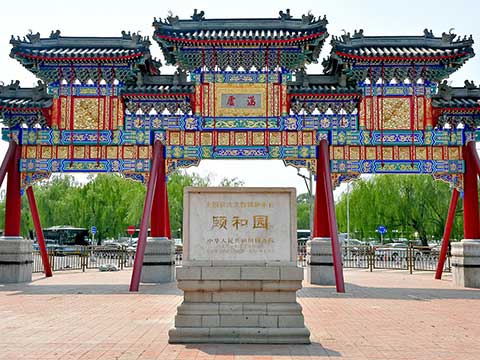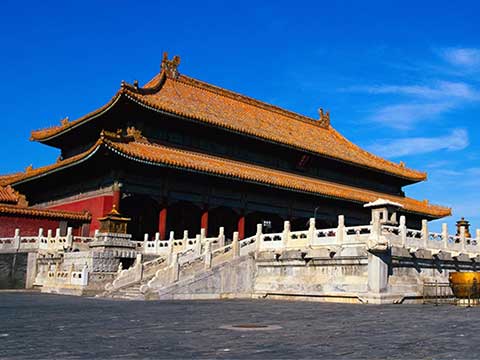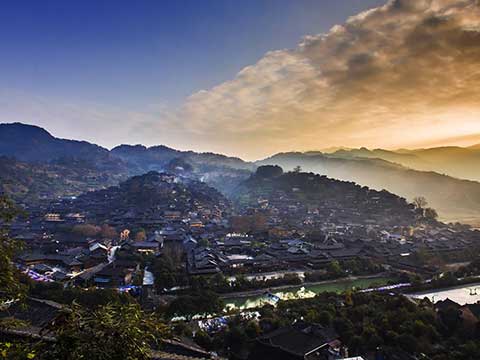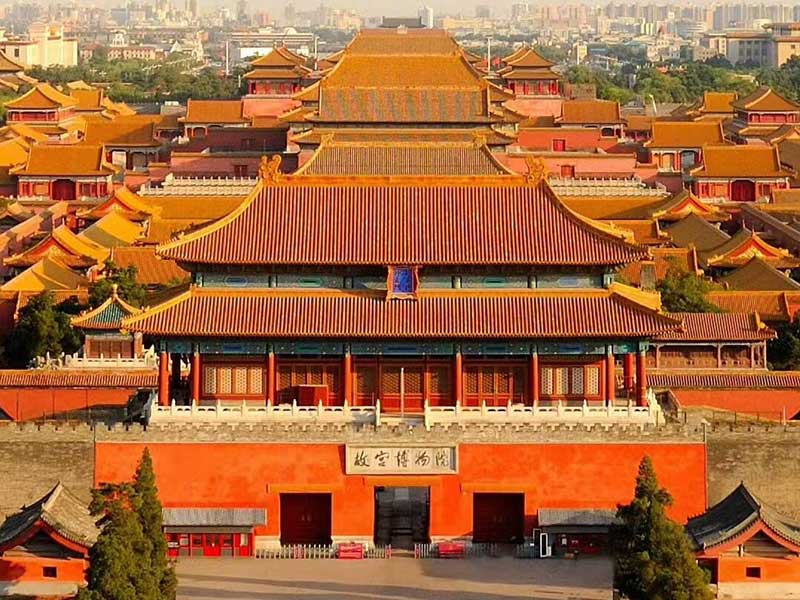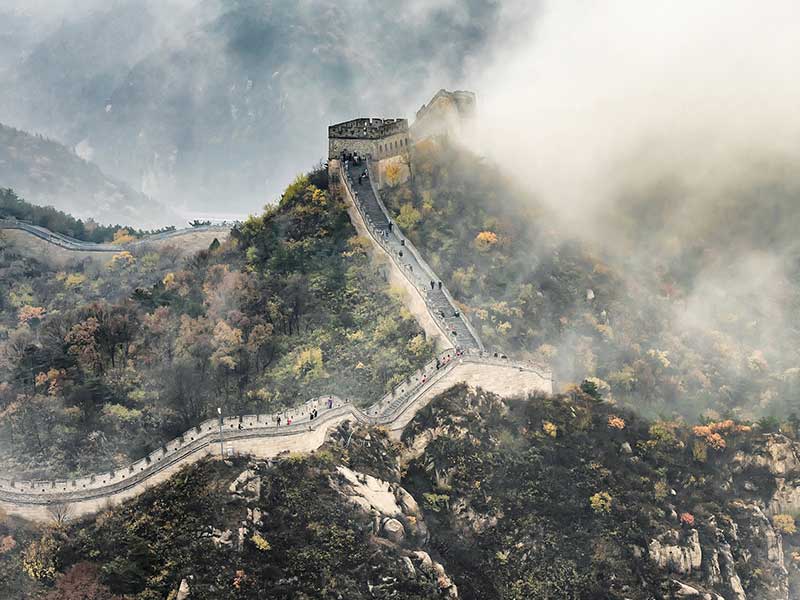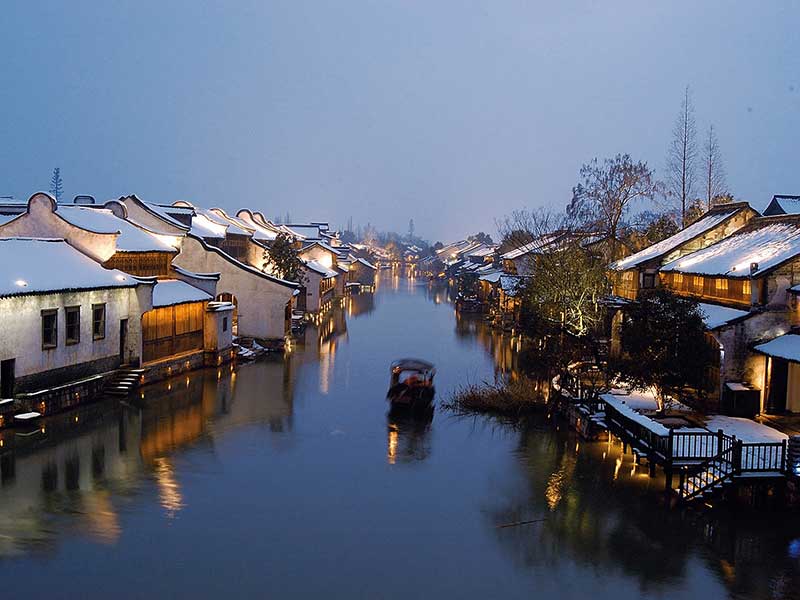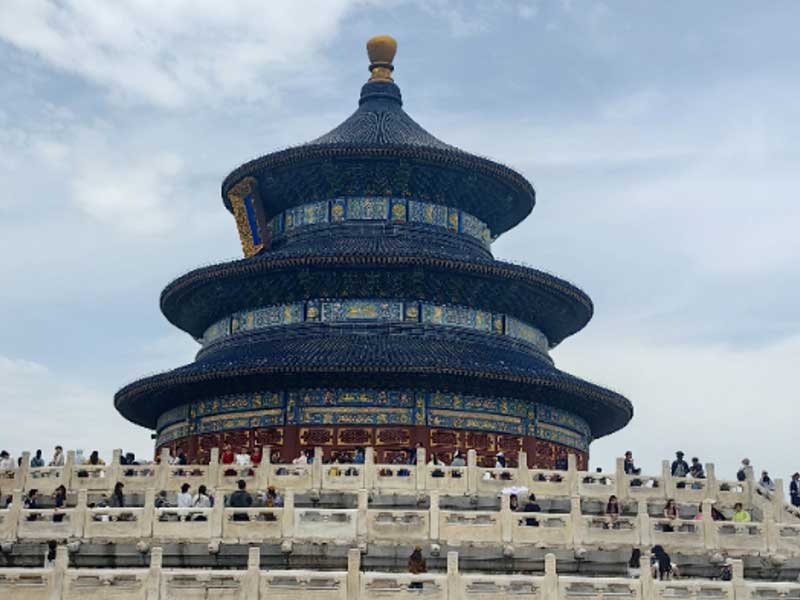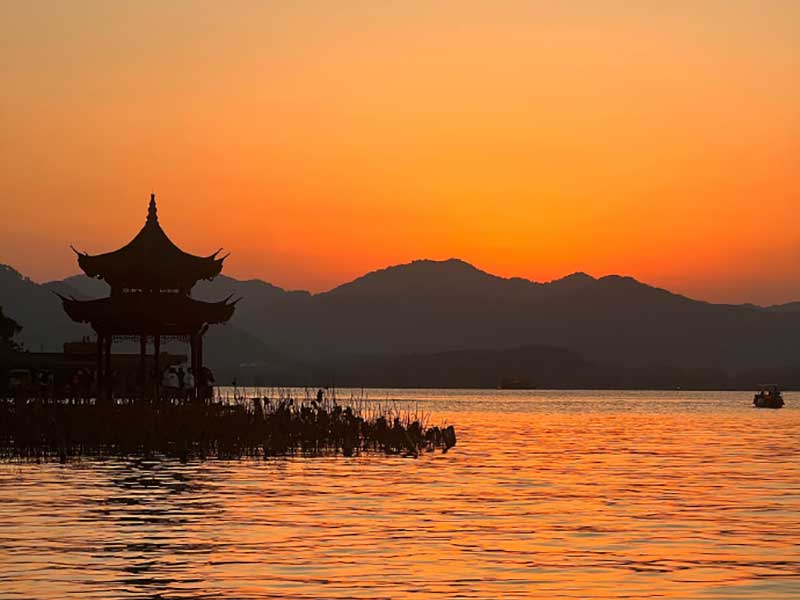The Summer Palace is located at No. 19, Xinxianggongmen Road, Haidian District, west of Beijing. It is a representative royal garden from the Qing Dynasty and is considered the most well-preserved royal summer palace and garden in China. It is famously known as the "Museum of Royal Gardens." Today, I will take you on a journey through this historic and picturesque royal garden, allowing you to experience its natural beauty and cultural charm.
The Summer Palace was built in 1750 during the 15th year of the Qianlong era. It was originally called Qingyi Garden. After several renovations and transformations, it was destroyed by the Anglo-French Allied Forces in 1860 during the 10th year of the Xianfeng era. In 1886, during the 12th year of the Xuanxu era, the Qing court used naval funds to start the reconstruction, and two years later it was renamed "Summer Palace," serving as a place of retirement for Empress Cixi. After multiple restorations, today's Summer Palace not only preserves the grandeur of the Qing Dynasty's royal gardens but also incorporates the delicate design elements of Jiangnan gardens, becoming a harmonious blend of natural landscapes and human-made architecture.
The Summer Palace covers an area of 3.009 square kilometers, with about three-quarters of the area covered by water. It is composed of Wanshou Mountain and Kunlun Lake. The garden features over a hundred scenic buildings, more than twenty courtyards, more than 3,000 ancient buildings, and over 1,600 ancient trees and famous woods. It is a perfect example of the harmonious integration of "mountain and water gardens" and "royal grandeur." Here, you can not only enjoy the magnificent natural scenery but also experience the deep historical and cultural heritage. Every scenic spot seems to tell a story, making visitors linger and appreciate its beauty.
The design of The Summer Palace is clever, with mountains surrounding the water and pavilions and towers arranged in a harmonious way. It combines the grandeur of the royal style with the harmony between the garden and nature. The garden is home to famous attractions such as the Foxiang Pavilion, Dehe Garden, and Suzhou Street, as well as poetic spots like Haxiu Garden, Nanhu Island, and Leishou Hall. Each of these places reflects the profound cultural heritage of China.
The Summer Palace is not just a garden, but also a treasure trove of culture. It houses over 40,000 cultural relics, covering almost all categories of China's inherited cultural relics. Among them, there are over 20,000 national-level cultural relics, making it an important place for studying ancient Chinese art, history, and culture. The architectural style, garden layout, and cultural relics all reflect the aesthetic taste and artistic pursuit of the Qing Dynasty's royal family.
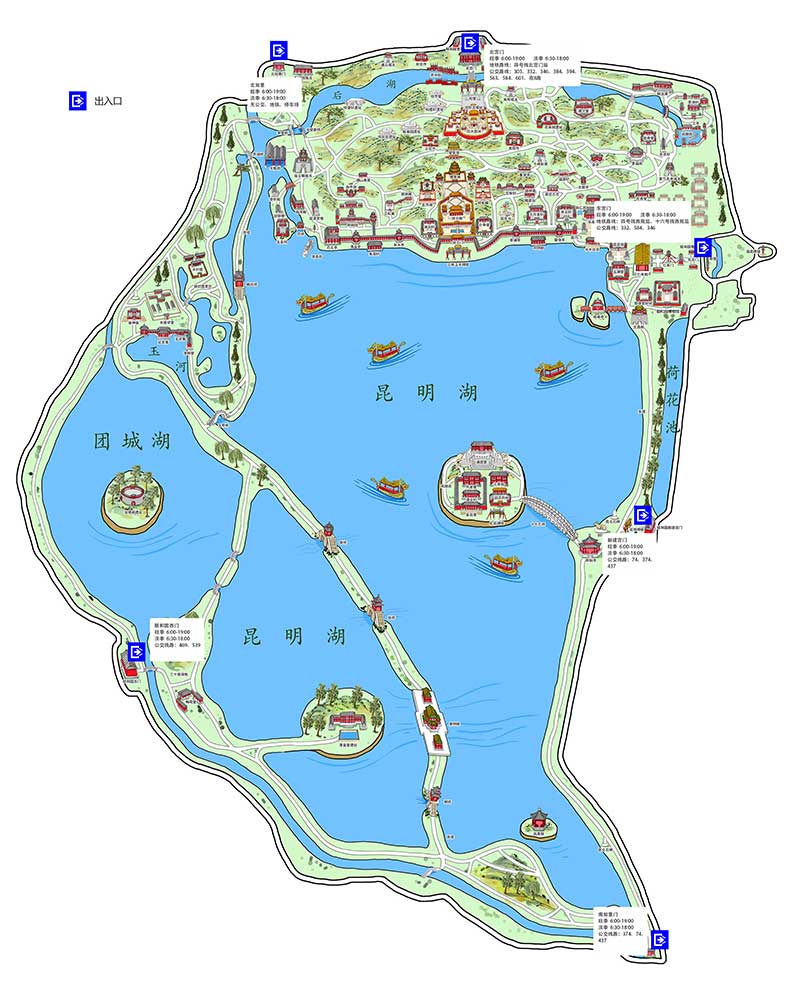
The opening hours of Summer Palace are divided into the peak season and off-peak season. The peak season runs from April 1 to October 31, while the off-peak season is from November 1 to March 31 of the following year. The opening times of different attractions vary slightly, so it is advisable to check the opening hours in advance and plan your visit accordingly. For example, the Foxiang Pavilion, Dehe Garden, the Summer Palace Museum, and Suzhou Street are open from 8:00 a.m. to 6:00 p.m. during the peak season, and from 8:30 a.m. to 5:00 p.m. during the off-peak season. In addition, except for public holidays, the Dehe Garden, Foxiang Pavilion, the Museum, and Suzhou Street, as well as some courtyard attractions, are closed on Mondays.
Regarding ticket prices, the regular ticket for Summer Palace is 30 yuan during the peak season and 20 yuan during the off-peak season. The combined ticket is 60 yuan during the peak season and 50 yuan during the off-peak season. The Dehe Garden, Foxiang Pavilion, and Suzhou Street, as part of the garden, also have separate tickets. Visitors can choose to visit them based on their interests. Additionally, there are discounted tickets available for the regular ticket at 15 yuan, the combined ticket at 30 yuan, and half-price tickets for the garden attractions, offering convenience for different visitors based on their needs.
The Summer Palace is not just a scenic spot, but also a place of history and art. Here, you can appreciate the old and new faces of Qingyi Garden, feel the grandeur of the royal garden, and experience the harmony between nature and culture on Nanhu Island. I hope that during your visit, you can not only enjoy the beautiful scenery but also feel the deep cultural heritage of China. May you have a pleasant and unforgettable journey at Summer Palace!

